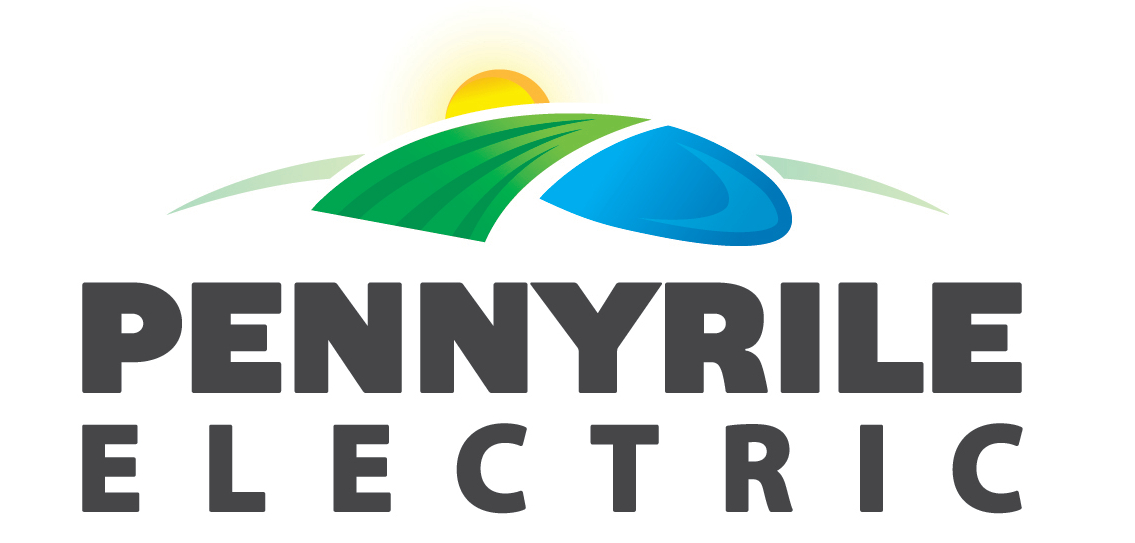
A big storm has just hit the countryside! What happens next?
In this simplified diagram, most of the countryside is in the dark. Fortunately, the substation serving the area is energized. It’s receiving power from the transmission lines, shown in red. But a main distribution line from the substation to most of the area is damaged, leaving most of the consumers in this area without power.

Step 1: All repairs start with the main line. A large number of consumers down the line will have power returned once the main line is fixed.

With the main line now fixed (now shown in red), the electric cooperative line crew can better isolate other damage and prioritize repairs. 
Step 2:Though a couple of repairs were closer, fixing the line into this subdivision down the road will get many more consumers on faster. 
Step 3: Moving back down the road, the crew stops by this intersection to fix a damaged tap line. This repair restores power to the homes (shown with orange arrows) along this stretch of line. 
Step 4:Another tap line serving a number of homes and a farm on the hill is next on the list for this hard-working line crew. 
Step 5: By now, the folks in the blue house probably are wondering “what gives?” They see lights in the homes of their neighbors; they’ve seen electric cooperative crews going by their home and working right across the road. And still they have no power!
Electricity is coming to the pole outside the blue home (that happened with the first repair in Step 1), but the service line from the pole to their home is damaged. Repairs like these to individual homes come after crews have performed all the larger fixes.

Finally, all power is restored to the area.
Please note: The cooperative line crew may need to come out in the following days and weeks to make long-term repairs and rebuild sections of line that were severely damaged by the storm. This might mean you will find blinking clocks when you get home from work or be notified of planned short-term power outages.
It might also mean tree-trimming crews will be in the area to make sure rights-of-way are clear of overhanging tree branches. Wind and ice storms can topple trees into power lines which account for many of the outages in wooded areas.
When you see the orange diamond-shaped “Utility Work Ahead” or similar warning signs along the road, be sure to slow down and give the line crews plenty of room. They might just be working on the power line that powers your home.
